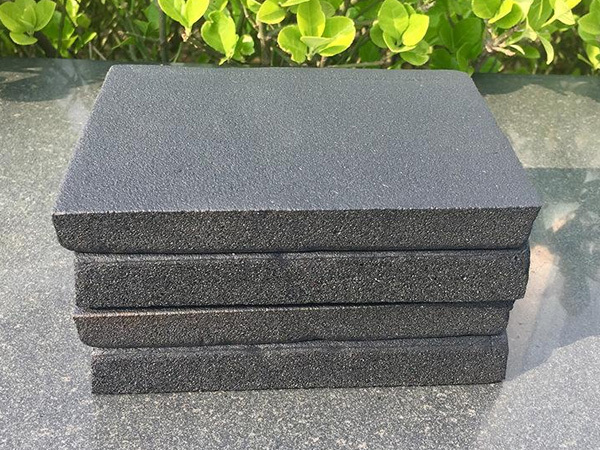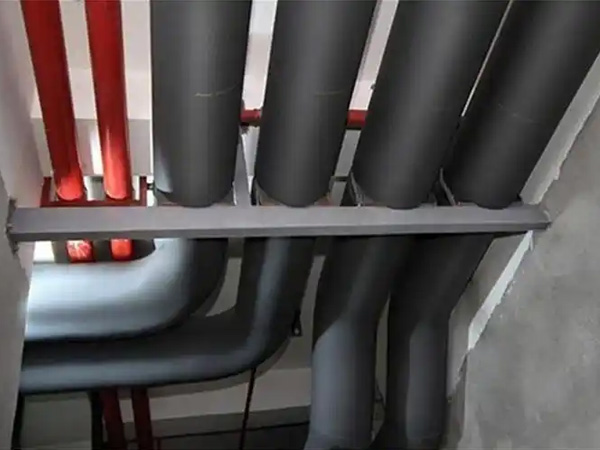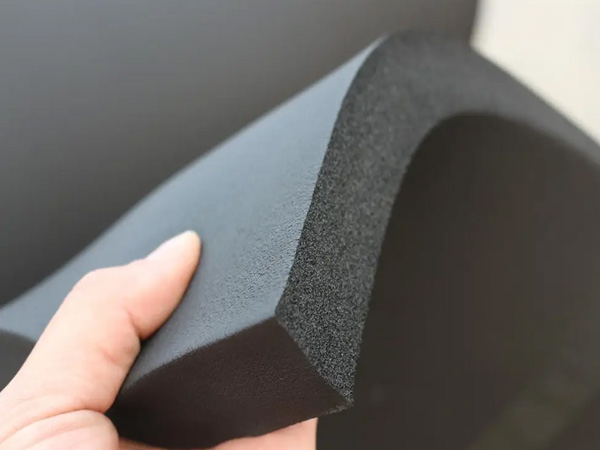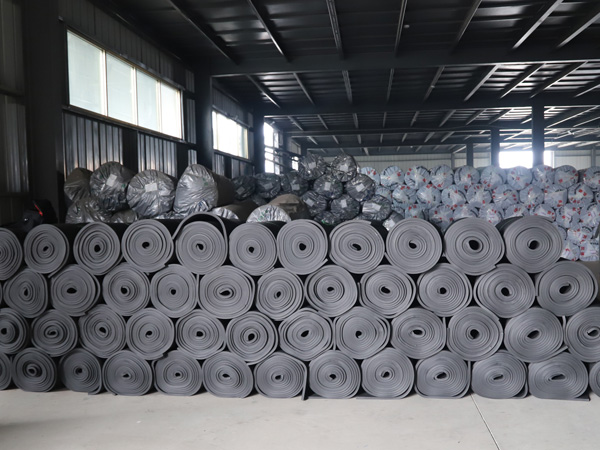Safety Considerations for Phenolic Foam Boards in High-Rise Building Applications
2025-06-18 15:17:41
Safety Considerations for Phenolic Foam Boards in High-Rise Building Applications
Phenolic foam insulation panels are valued for their thermal efficiency and fire resistance, but their use in high-rise construction introduces unique safety challenges. Below is a detailed analysis of key risks and mitigation strategies.
1. Fire Safety Performance
Challenges:
Combustibility Variability: While phenolic foam typically achieves Class B1 (GB 8624) or Euroclass B (EN 13501-1), low-quality products may exhibit higher flammability.
Smoke Toxicity: Incomplete combustion can release CO and other gases, complicating evacuation.
Fire Spread Risk: Improperly sealed joints or gaps may allow flame penetration between floors.
Solutions:
Material Selection: Use only certified fire-resistant phenolic boards (e.g., with ≤30% smoke density).
Compartmentalization: Install fire barriers (e.g., rock wool strips) at every floor slab.
Testing Compliance: Verify performance via large-scale tests (e.g., GB/T 20284 vertical shaft test).
2. Wind Load and Structural Integrity
Challenges:
Panel Detachment: Negative wind pressure on tall buildings can rip poorly anchored boards from façades.
Fatigue Stress: Cyclic wind forces may weaken adhesive bonds over time.
Solutions:
Mechanical Fixings: Combine adhesives with corrosion-resistant anchors (e.g., stainless steel screws at 8–10 pcs/m²).
Reinforced Edges: Use fiberglass mesh-reinforced mortar at panel perimeters.
Wind Tunnel Testing: Validate cladding system performance for local wind speeds (per ASCE 7-22).
3. Moisture and Durability Risks
Challenges:
Rainwater Infiltration: Driving rain at high elevations penetrates cracks, causing:
Core saturation (reducing R-value).
Corrosion of embedded metal components.
UV Degradation: Solar exposure degrades uncoated panels on upper floors.
Solutions:
Waterproof Detailing: Seal all joints with elastomeric sealants (e.g., silicone or polyurethane).
Protective Cladding: Apply UV-resistant renders or metal composite panels over insulation.
4. Construction and Maintenance Hazards
Challenges:
Installation Risks: Working at height increases drop hazards for tools/panels.
Access Limitations: Post-installation repairs are costly and complex.
Solutions:
Modular Prefabrication: Install pre-assembled insulated panels via cranes to reduce on-site work.
Inspection Protocols: Implement drone-based thermal imaging to monitor for defects.
5. Regulatory Compliance
Height Restrictions: Some regions ban combustible insulation above 18–27m (check local codes like NFPA 285 or China’s GB 50016).
Documentation: Maintain third-party certifications for fire, wind, and seismic performance.
Best Practices Summary
Design Phase:
Conduct CFD analysis for wind/rain patterns.
Specify fire-rated assemblies matching building height.
Installation:
Use dual fastening (adhesive + mechanical).
Train crews in high-rise safety protocols.
Long-Term:
Schedule 5-year inspections for adhesive integrity.
For seismic zones, ensure compliance with FEMA E-74 retrofit guidelines.

OurFlame Retardant Rubber Foamis a premium closed-cell elastomeric insulation material engi...

OurRubber Pipe Insulationis a high-performance solution designed specifically for HVAC pipi...

Rubber Foam Insulation Sheet – Product Introduction Premium Flexible Insulation for Therm...

Specially engineered for refrigeration applications, ourElastomeric Rubber Insulationprovid...



